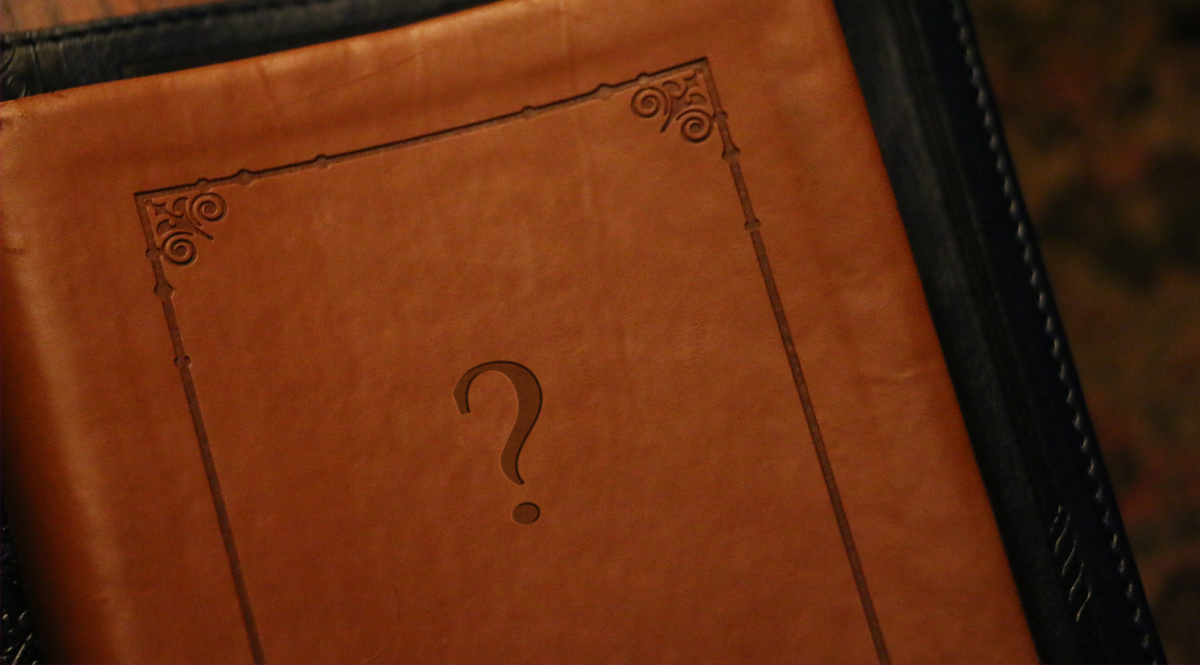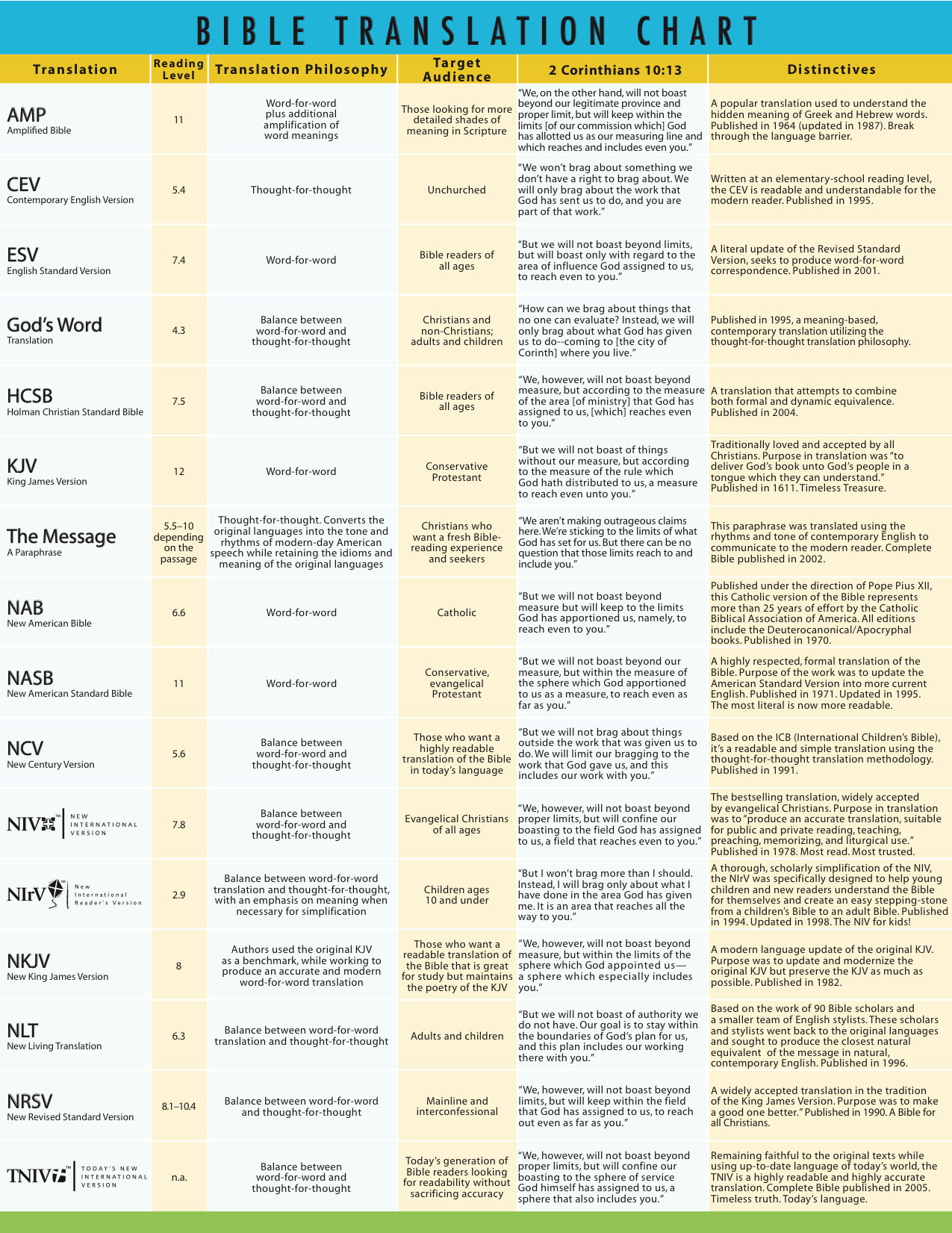Which Bible to Use?

Which Bible should I use?
The answer is simple; whichever Bible you have access to and can read.
With that stated, there is a “Bible” to avoid. That one is the Jehovah Witnesses “Bible,” the New World Translation of the Holy Scriptures. The Jehovah Witnesses have made obvious modifications to God’s Word.
Also, I will state that if you are reading the Bible for the first time or just beginning to read it in earnest, do start by reading the New Testament. Start with the Book of Matthew and read through to stopping at Revelations. I would recommend going back and reading and studying the Old Testament before tackling the Book of Revelation. Revelations relates to so much material in the Old Testament; it would be hard to understand the Book of Revelations without at least of basic understanding of the Old Testament.
My “go-to” translation is the English Standard Version (ESV). My second choice is the New International Version(NIV).
What about the King James version? As a personal preference, I tend to avoid the King James, not due to the content but due to the difficulty of reading and understanding the 17th century English that it is written in. I have nothing against the King James version. However, in my mind, the whole point of the Bible is to have access to God’s Word to read and study it. The King James is just harder to read and understand because it is written in a form of English that we no longer speak.
So why do I even need “Bible Translation?” Well, you do not need a translation if you can read ancient Hebrew and Greek. The majority of the Old Testament is written in Hebrew, and New Testament is written Greek. The Bible Translations are merely a translation from the original language to English.
There are essentially two types of modern Bible translations. A “Word for Word” translation and a “Thought for Thought” translation. A “Word for Word” translation attempts to perform an accurate and strict translation for each word. The ESV is a “Word for Word” translation. Another excellent “Word for Word” translation is the New American Standard Bible (NASB).
A “Thought for Thought” translation will take a sentence or a “thought” and attempt to translate the meaning while not being as concerned with translating each word precisely. A “Thought for Thought” translation tends to be easier to read and understand. However, the concern with a “Thought for Thought” translation is that the translator would have more freedom to modify the meaning of the text.
The NIV is a balance with a “Thought for Thought” translation and “Word for Word” translation.
The bottom line is that reading any Bible Translation is better than reading none at all. Any translation in the Bible Translation Chart below is an acceptable translation to use.
I would also highly recommend using a “Study Bible.” A “Study Bible” will have a built-in commentary that help explain the meaning of the verses that you are reading. List below are three excellent study Bibles.
• NIV – Life Application Study Bible
• NASB – MacArthur Study Bible
Here is a more detailed paper on the Bible Translations.
Bible Translation Chart

The Catholic Bible
I grew up in a Protestant church, and when I was younger, I did not realize that the Catholic Church actually uses a different Bible than the Protestant Church. The Catholic Bible has seven additional books (referred to as Deuterocanonical Scripture) which were removed from the Protestant Bible. These books are all in the Old Testament.
• Tobit
• Judith
• Sirach
• Baruch
Keeping in mind that Protestants and Catholics are both Christian denominations, we do have a few of different beliefs or doctrine, which do I cover in another article. The Protestant churches do reject these books because they support certain Catholic beliefs with which the Protestants disagreed, such as purgatory and prayers for the dead. Hence when the Protestant Church separated from the Catholic Church, these books were removed from the Protestant Bible.
Being Protestant, I do not own or use a Catholic Bible. However, if it was the only Bible I had access to, I would use it, but I would stay away from the seven additional books listed above.